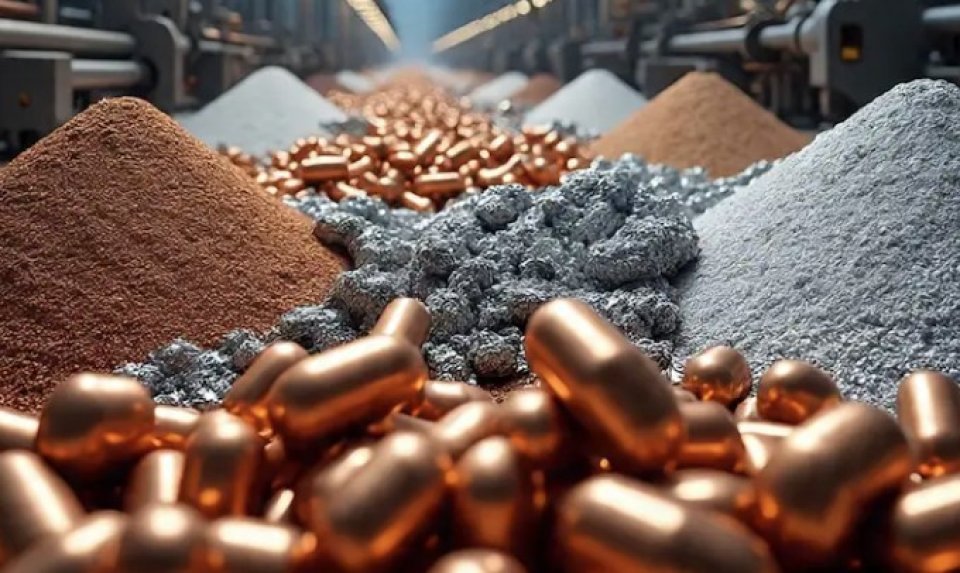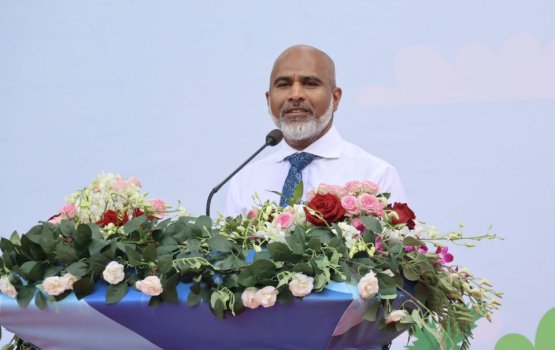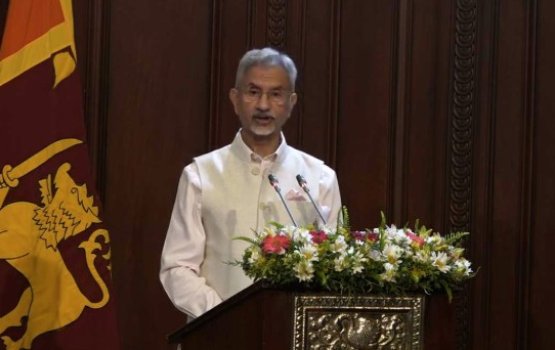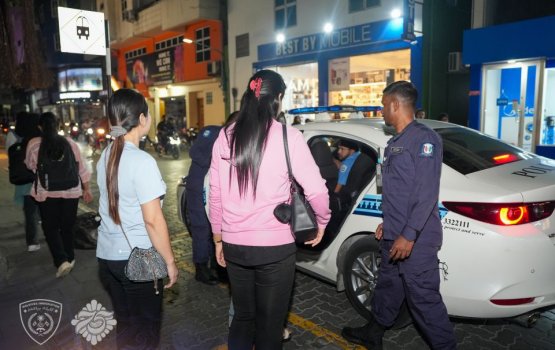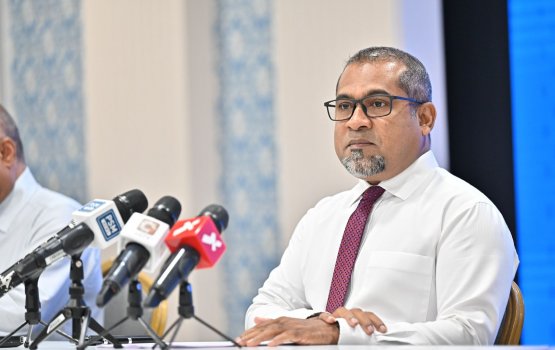New Delhi (The Press) — India is increasingly being viewed as a potential third pillar in a US-Japan-led effort to diversify global rare earth supply chains, as geopolitical shifts create new opportunities to reduce dependence on China, according to a recent analysis published by The Diplomat.
The report follows the Trump–Xi summit in South Korea last month, which resulted in Beijing agreeing to delay certain export controls on rare earth materials for one year. Analysts say this temporary easing gives other nations—especially India—a crucial window to scale up refining and manufacturing capacities in a sector long dominated by China.
“India now offers a path to breathe freely,” the analysis quoted, noting that the country’s beach-sand deposits contain significant reserves of key minerals such as monazite and bastnaesite. While India has long had the raw material base, its processing capacity and environmental regulations have lagged behind. That is now changing.
“With strong political will and an expanding technological ecosystem, India could soon emerge as the third pillar—alongside the United States and Japan—of a democratic rare-earth network,” said Jianli Yang, a research fellow at Harvard University’s Kennedy School of Government and the article’s author.
India’s efforts to strengthen its rare earth value chain have accelerated this year. In June, the government announced plans to introduce fiscal incentives for domestic magnet production and rare earth refining to reduce reliance on China. Companies such as Sona Comstar are investing in new magnet manufacturing facilities, while Indian Rare Earths Ltd. has been directed to expand refining capabilities. The Indian Space Research Organisation (ISRO) is also assisting with the adaptation of advanced separation technology initially developed for satellite components.
Beyond domestic initiatives, India is linking its efforts to strategic partnerships abroad. Discussions under the Quad framework—involving India, the United States, Japan, and Australia—have intensified, focusing on joint exploration, co-financing and technology-sharing projects.
As the world’s fifth-largest economy, India brings both scale and credibility to global rare earth diversification. Its industrial base offers downstream potential in magnets, motors, and batteries, unlike smaller producers such as Australia or Brazil. “India changes the calculus by linking supply diversification with market demand,” Yang noted. “It can consume what it produces, export what it refines, and serve as a hub for both production and processing.”
The analysis highlights that India’s approach is less susceptible to political volatility due to broad support for Prime Minister Narendra Modi’s “Atmanirbhar Bharat” (self-reliant India) initiative. The policy promotes domestic capability building across strategic sectors including energy, semiconductors, and rare earths.
The report also calls on Washington to deepen cooperation with India beyond defence and technology partnerships. It suggests co-financing magnet manufacturing plants in India through US International Development Finance Corporation (DFC) or EXIM Bank guarantees, and establishing reciprocal stockpiles of rare earth materials.
“Fast-tracking technology sharing in refining and waste treatment would allow India to skip costly learning phases that slowed the United States and Australia,” the analysis said.
According to Yang, rare earth cooperation should become a core component of the Quad’s agenda, alongside existing priorities like naval security and semiconductor collaboration.
India’s recent success in attracting global manufacturing—from Apple’s assembly lines to semiconductor design centres—demonstrates its ability to deliver when strategic alignment and financial incentives converge.
If the US, Japan, Australia, and Brazil rally behind India’s rise as a credible rare earth supplier and processor, The Diplomat concludes, they could lay the groundwork for a more pluralistic and resilient global supply network—one less vulnerable to geopolitical disruptions. (Source: NDTV)

